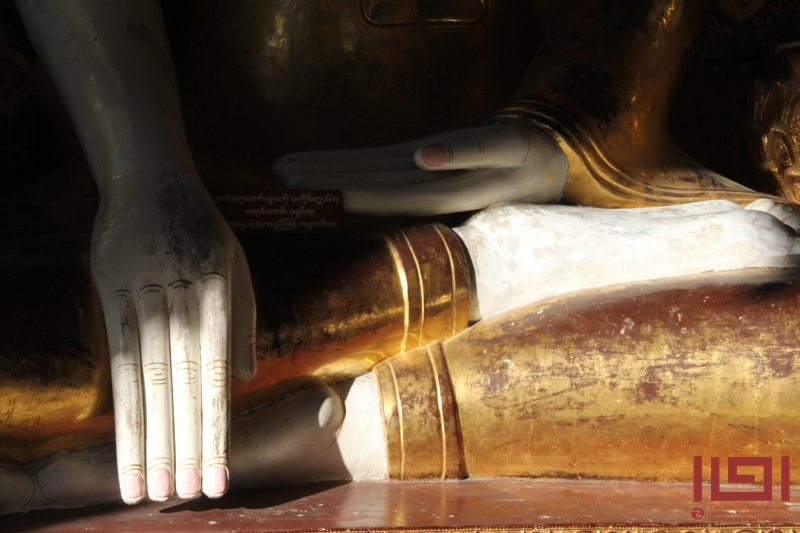




Meditation belongs to “inner knowledge,” one of the traditional “five fields of knowledge.”
Inner knowledge conduces to enlightenment.
Enlightenment refers to the realization of truth, to deep insight into one’s enlightened nature.
This insight comes from silent illumination, from listening and observing.
In the process of silently listening and observing,
What do you hear?
You use no sound to interrogate your enlightened nature.
You do this by turning inwards.
Normally, the mind is oriented outwards. So, how do you turn inwards and clearly observe your enlightened nature?
Everybody has this enlightened nature, but where is it? Where is it?
When listening to silence, you have to keep your enlightened nature in your ears; otherwise, it’s not possible to listen.
So you use your enlightened nature to listen to the sound of no sound; silent illumination is the bridge leading to your enlightened nature.
It’s really quite simple; you just keep with it and your enlightened nature gradually becomes distinct and clear.
By clearly listening to the sound of silence your enlightened nature appears clear and bright, like a cloudless sky.
So the practice is quite simple and direct; you learn the technique, make the effort, and get the results.
What do you get?
You get understanding and clarity.
You use your spiritual nature to listen clearly; this kind of listening all depends on your spiritual nature.
So you have to use your spiritual nature to listen to silence;
by doing so you return to and illuminate your enlightened nature.
This is listening to your self-nature.
You rein in the scattered mind and apply it to listening, listening to your enlightened nature.
Everything is silent; all things are without sound.
When necessary, you can shift your awareness to your breath.
After listening for some time you may become drowsy or scattered, in which case observing your breathing helps to refresh the mind.